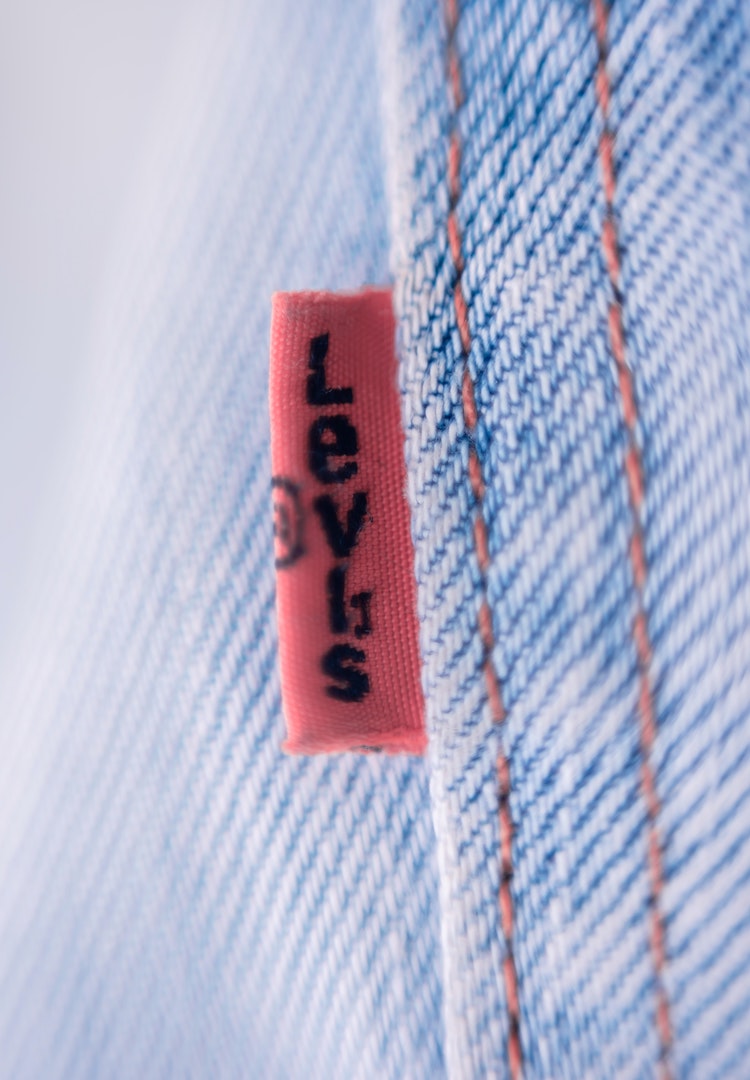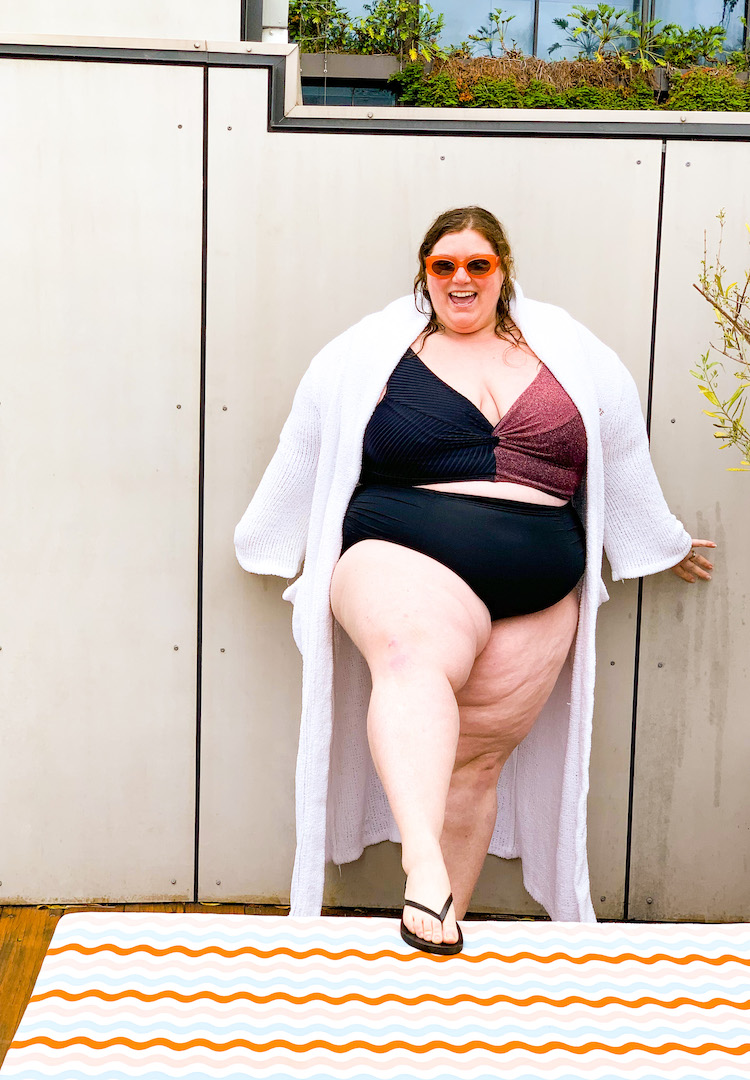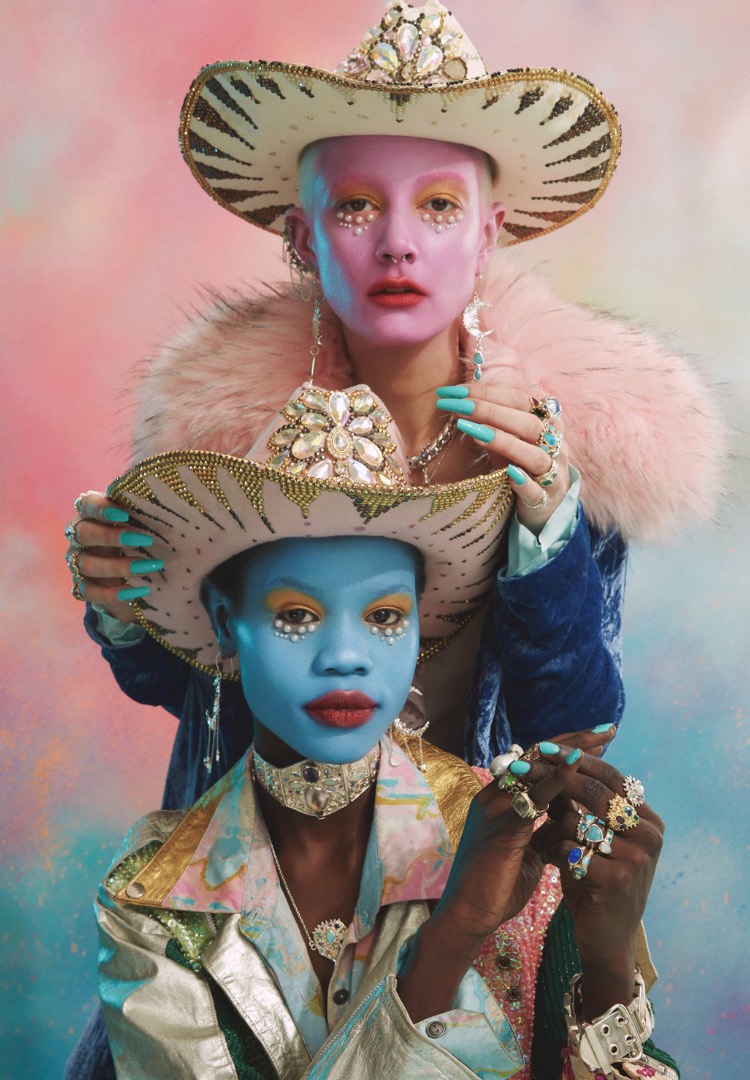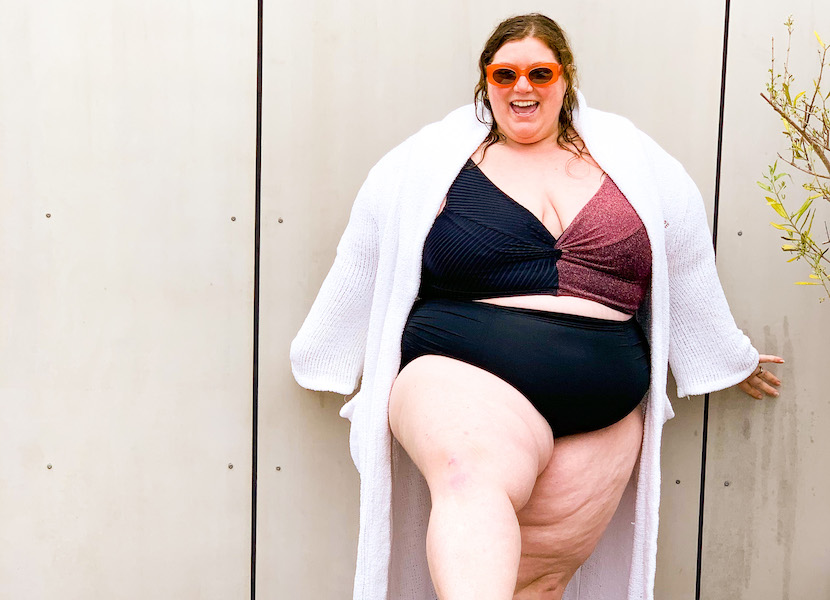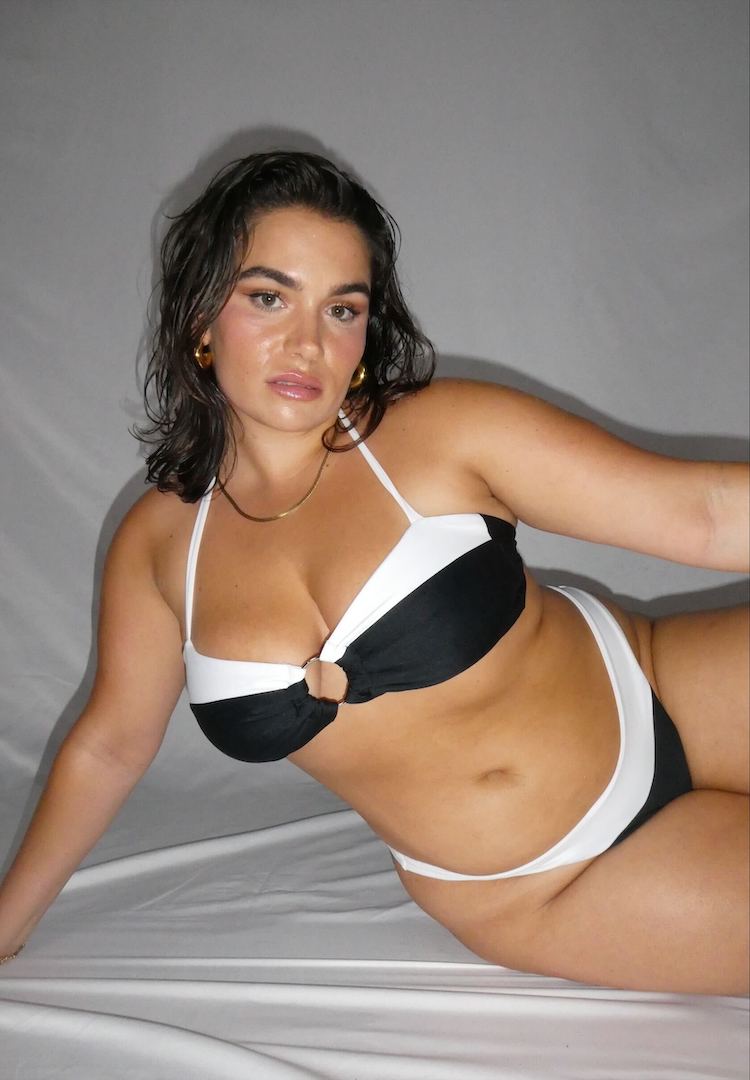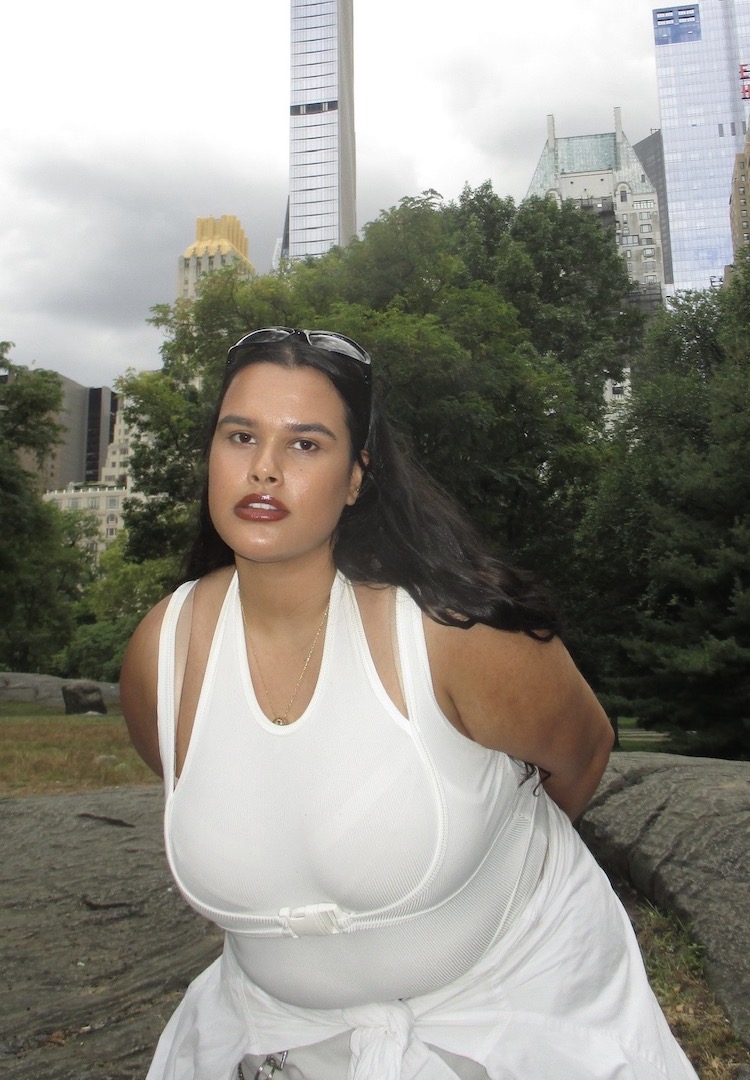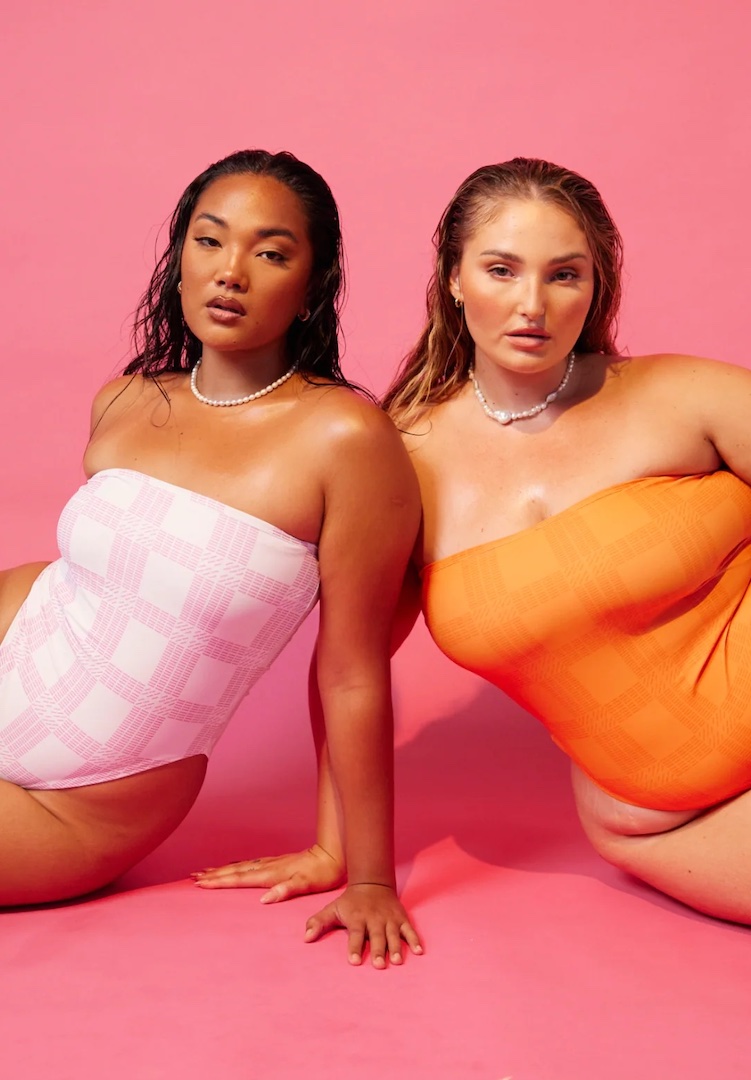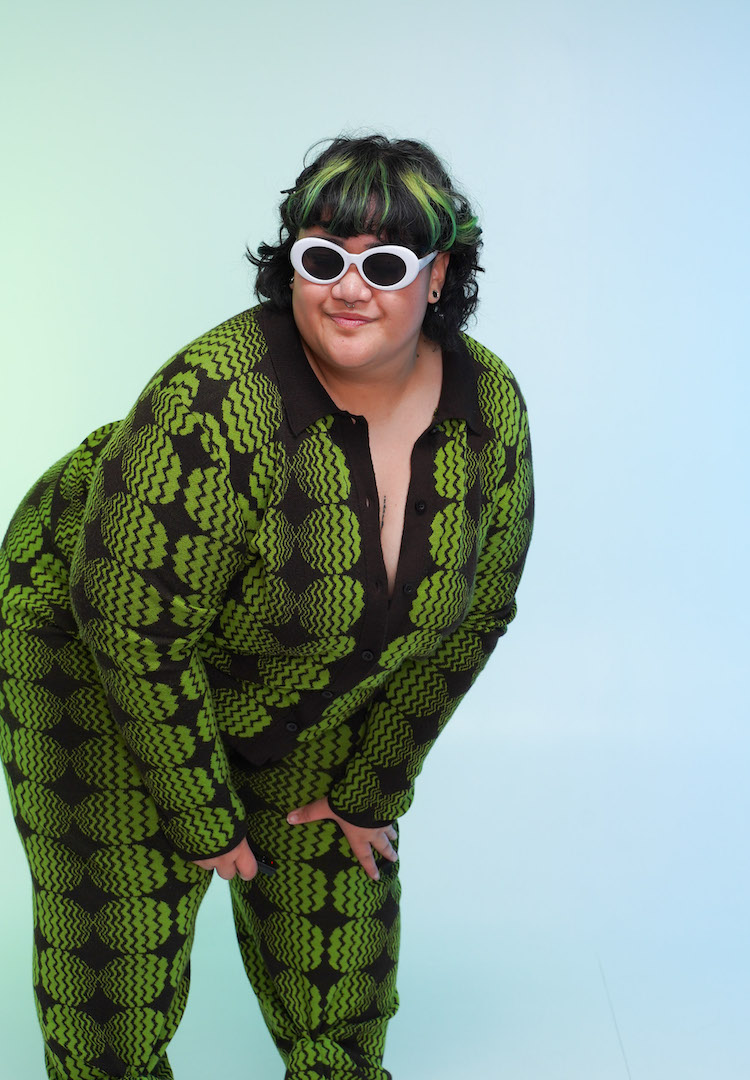Why ignoring fat women in fashion is bad business
WORDS BY HOLLY RICHARDS
Do most major clothing brands hate fat people more than they love money? Because that’s what their sizing options are telling me.
There’s no doubt the mostly male, pale and stale CEOs who run these big brands (only 12.5 per cent of clothing companies on the Fortune 1000 are led by women) are deeply capitalist.
Their MO appears to be to make money, often with seeming disregard for labour conditions or environmental sustainability. From the outside, it seems they will do almost anything to increase profits.
But if that’s the case, what’s their excuse for not catering to the 1 billion women around the world who are plus-size? (Even though I don’t love the term, for the purposes of this article I have used the term plus-size as an overarching phrase for womxn with a body deemed larger than the slim ideal widely upheld by diet culture.)
Plus-size brands make up just 6.7 per cent of the 16.5 billion dollar clothing industry in Australia but according to the ABS, about 67 per cent of Australian women are considered ‘overweight’. While being technically overweight doesn’t necessarily correlate to a person’s clothing size, we can still see that something doesn’t add up here.
Looking to size specifically, the average clothing size in Australia is 14 to 16, according to reports. But if the ongoing barrage of fat-phobic headlines about the rise of the ‘obesity epidemic’ is to be believed, this number doesn’t seem right.
And the overwhelming majority of brands, including almost all high-end Aussie fashion labels, don’t even come close to these sizes. Just ask former Vogue Australia editor Kirstie Clements.
Regardless of what your personal views are on health and weight, it’s simply bad business for the fashion industry to ignore plus-size people. It begs the question – if there’s such an obvious unmet need here, why isn’t this market being served?
Well, there are myriad potential answers. Most were covered in this article, with the most widely-held belief mentioned that it’s more expensive to manufacture larger sizes. But I can tell you first hand, that’s absolute rubbish.
Firstly, if it were a barrier, the oversized trend that’s ‘in’ right now would have effected straight-sized pricing, and it absolutely has not. You can still buy an ‘oversized’ T-shirt on Asos for $12 (no shade to Asos, they’re a saviour for us plus-size women).
Secondly, it’s just such a strange excuse. If it really were more expensive to manufacture larger sizes, brands could just work that into their pricing model. I guarantee there are a whole bunch of us fat people out there willing to pay higher prices for clothes that actually fit us. Take US designer Christian Siriano for example. In 2018, he tripled his revenue by including a ‘plus-size’ range.
I’ve been preparing to launch my own size-inclusive activewear label, Club Melon. Throughout this time, the most common excuse I’ve heard from brands not stocking larger sizes is that it is indeed a cost issue – but it’s not what you might think.
The higher cost doesn’t necessarily come from the manufacturing side of things, but in the higher capital required to stock a wider range of sizes. If you want to sell, say, a size six to a size 30, you will need to manufacture, house and ship twice as many items as a brand which stocks sizes six to 16.
But that excuse didn’t sit right with me. I get that not every brand has double the funds to stock double the size range, but if you have to select just some sizes, why would you choose the smallest end of the scale when the majority of the market wear sizes at the upper end?
Some brands claim “bigger sizes don’t sell”, but I’m calling bullshit on that. They would sell if you marketed them properly. Show us fat models wearing your clothes. Make clothes for our larger bodies, instead of just scaling items designed for a size six.
So, ultimately and sadly, after months of my own research, the answer to why most major fashion brands don’t stock plus-sizes seems to be plain old fatphobia.
But it’s not all doom and gloom. I’m currently working on a solution to the activewear needs of people in larger bodies (starting with a sports bra engineered especially for plus-size women) and so are many other wonderful businesses out there.
So, to leave things on a positive note, here’s a list of some places plus-size women can find fashion inspiration that’s actually relevant to us:
- If you’re a plus-size woman who isn’t already following CurvyAu on Instagram or is a member of their private Facebook group, do yourself a favour and request to join immediately. There you’ll find a haven of thousands of like-minded and like-bodied women who share their tips and advice not only on fashion and style, but life as a visibly plus-size person.
- Buy from brands that sell up to, and beyond, a size 28 such as Loud Bodies, Billie Loveday, Universal Standard, Grump, Buon, Fussy Gus, Nyata and Curvature. This list comes courtesy of Aussie fat fashion icon Katie Parrott.
- Download Aussie fashion app Mys Tyler. Anyone who is plus-size knows their way around online shopping, and this app helps take out more of the guesswork by matching you with other like-bodied women whose style you admire (we call them contributors). I work there part-time and am a Mys Tyler contributor and I can tell you first-hand, the app is revolutionary.
- Anyone can curate their social media to include a wider range of bodies! Open up your eyes and your feed to a more diverse range of women and make any social media platform more size-inclusive. Some wonderful people to get you started include @thebodzilla @thisismeagankerr @laceyjadechristie @curvynyome @chloeincurve @simonemariposa @sofiehagendk @meg.boggs @mynameisjessamyn @calliethorpe @tessholliday and @itsmekellieb.
Holly Richards is passionate about solving plus-size women’s problems. She is the founder of size-inclusive activewear label Club Melon and is in her final year of a Master of Business Administration (Executive) at The University of New South Wales. Holly is also the community manager at Mys Tyler which is a rocketship fash-tech startup matching users of all shapes and sizes with like-bodied women. She was previously an editor, journalist and marketer for more than 10 years across digital, print, TV and radio.

